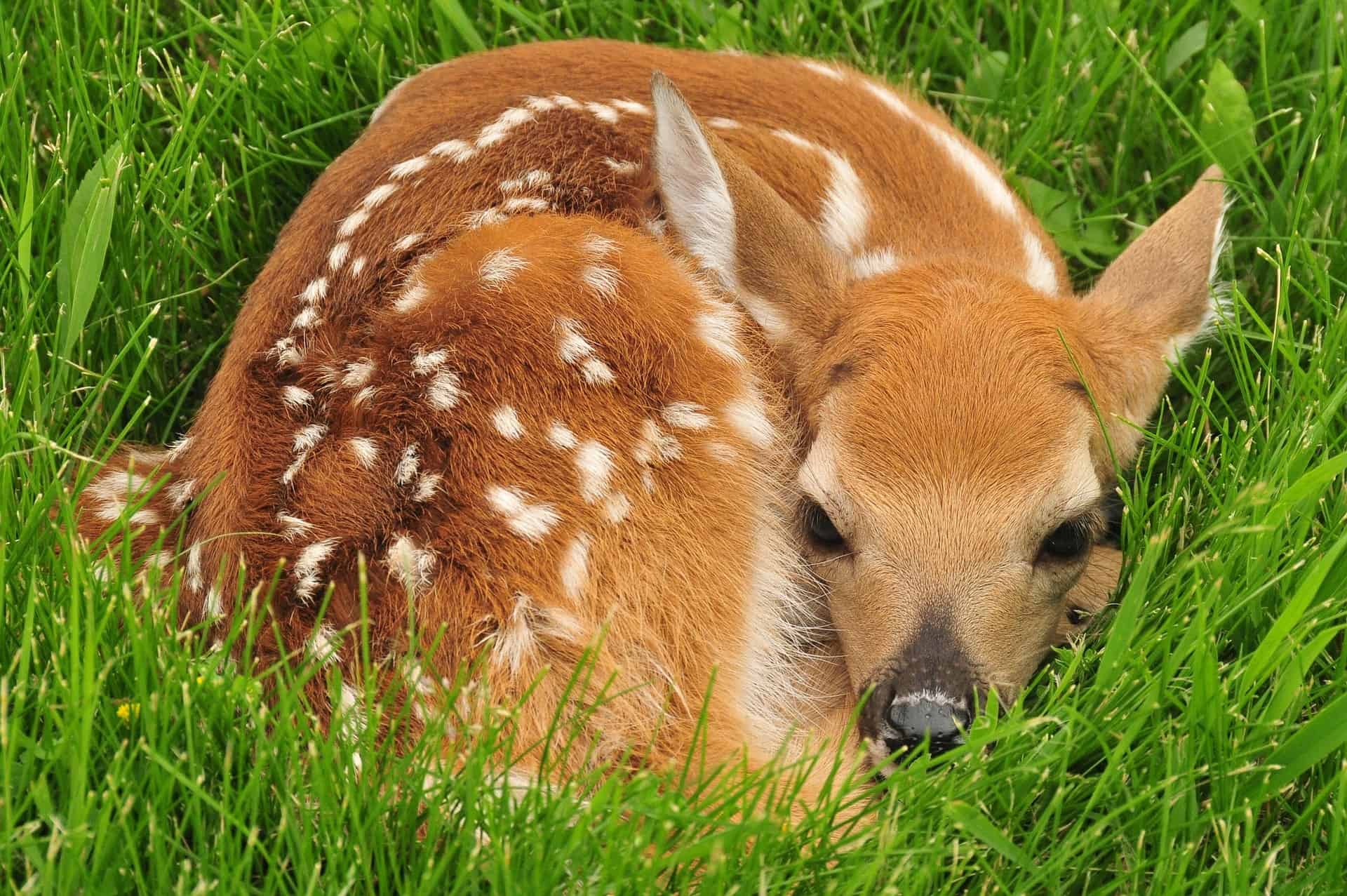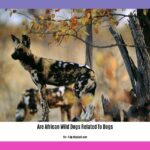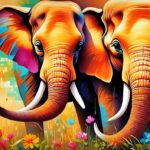Get ready to meet the world’s most adorable herbivores: deer! These graceful creatures have some super cool adaptations, come in a rainbow of species, and play a big role in nature’s balance. From their show-stopping antlers to their fascinating habits, we’re diving into the world of deer to discover what makes them so special. So, grab a cup of your favorite drink and get ready for a wild time as we explore the amazing world of deer!
Fun Facts About Deer: A Glimpse into Their World
Deer, found in diverse habitats across the globe, are full of surprises. Did you know there are over 40 different kinds of deer? From the rocky slopes of mountains to the steamy rainforests, deer have adapted to thrive in a variety of environments.
One of the most remarkable things about deer is their incredible sense of smell. While we use our noses to enjoy a delicious meal, for deer, their sense of smell is essential for survival. Their powerful noses help them detect predators, locate food, and even communicate with each other.
Perhaps the most striking feature of many deer species is their antlers. These magnificent bony crowns, particularly prominent in males, are unique to each species. For instance, white-tailed deer antlers are as individual as human fingerprints! Interestingly, not all deer have antlers. The Chinese water deer, adapted to swampy environments, have evolved to live without these prominent structures.
Deer are also known for their distinctive breeding behavior known as the “rut.” During this time, fueled by hormones, male deer engage in impressive displays of strength and agility to compete for the attention of females. The rut is a fascinating example of the power of natural selection.
Here are a few more intriguing deer facts:
- Deer can live for up to 20 years in the wild.
- Male deer are called “bucks,” while females are called “does.”
- The Red Barbary Deer, native to Africa, showcases the incredible diversity within the deer family.
A Closer Look at Deer Antlers: From Growth to Purpose
Deer antlers are more than just impressive visual displays; they are remarkable structures with specific functions in the life of a deer.
Antlers: A Marvel of Nature’s Engineering
Deer antlers are not your average bones; they are living, growing structures composed of bone, cartilage, and blood vessels. They grow from pedicles, special spots on the deer’s skull, and develop with astonishing speed, resembling a time-lapse video of a skyscraper being built.
During their growth phase in spring and summer, antlers are covered in a soft, velvety layer. This “velvet” is a network of blood vessels that supply nutrients to the growing bone and cartilage. Once the antlers reach their full size, the velvet dries up and is shed, revealing the hard, bony antlers beneath.
The Multifaceted Roles of Antlers
Antlers serve a variety of purposes in the life of a deer, acting almost like a Swiss Army knife of the animal kingdom:
- Sexual Selection: During mating season, male deer use their antlers to attract females. Larger, more symmetrical antlers are often seen as a sign of genetic fitness and attract potential mates.
- Combat and Defense: Antlers are formidable weapons used by males to establish dominance and defend their territory. Antler clashes during the rut are a sight to behold, demonstrating both strength and agility.
- Communication: Deer use their antlers to communicate with each other, signaling aggression, submission, or dominance through subtle movements and postures.
- Foraging Tools: Some deer species use their antlers for digging, uncovering food buried in the ground, or creating wallows for cooling off.
Deer Around the World: Discovering the Diversity of Deer Species
The world of deer is incredibly diverse, with over 50 species belonging to the Cervidae family. These species share some common features like slender bodies, long legs built for running, and those characteristic small tails.
While we often associate deer with antlers, it’s primarily the males who sport these bony crowns. Antlers are made of keratin, the same material found in our fingernails, and are shed and regrown annually.
Deer are incredibly adaptable creatures, inhabiting a wide range of ecosystems, from the chilly Arctic tundra to the steamy tropics. They have successfully colonized wetlands, grasslands, and even mountainous regions, demonstrating their ability to thrive in diverse environments.
As herbivores, deer play a vital role in maintaining the balance of their ecosystems. Their grazing habits help shape plant communities, which in turn influence other animals in the food chain.
However, many deer populations face challenges due to habitat loss, hunting, and disease. Conservation efforts are crucial to protect these animals and ensure their survival for generations to come.
Here are a few more fascinating facts about deer:
- Antlers are involved in thermoregulation, helping to regulate body temperature.
- Deer have held cultural significance throughout history, inspiring myths and legends and providing a source of food and clothing.
- Urbanization has led to increased interactions between humans and deer, presenting both challenges and opportunities for coexistence.
The Secret Life of Deer: Unveiling Their Behaviors and Adaptations
Deer possess remarkable adaptations that allow them to survive in challenging environments and exhibit intriguing social behaviors.
Mastering Winter Survival
When winter arrives, deer employ a range of adaptations to withstand the cold. They can slow down their metabolism to conserve energy, adjust blood flow to keep their extremities warm, and use their hooves to dig through snow in search of buried vegetation. Their winter diet consists of twigs, bark, and evergreens, providing sustenance when their usual food sources are scarce.
The Importance of Habitat
Deer rely on healthy habitats for survival, depending on these areas for food, water, shelter, and raising their young. Protecting and managing deer habitats are essential for maintaining healthy populations. Creating food plots and watering holes can supplement their natural resources, ensuring their well-being.
Social Dynamics within Deer Herds
Deer are social animals, living in herds with established social hierarchies. These hierarchies influence access to food, preferred resting spots, and mating opportunities. Understanding deer social behavior provides insights into their interactions and survival strategies.
Protecting Our Gentle Giants
Conservation efforts are critical for preserving deer populations and their vital role in maintaining ecological balance. Protecting their habitats, implementing responsible wildlife management practices, and enforcing fair hunting regulations are key to their long-term survival. By addressing threats such as habitat loss and overhunting, we can ensure that these graceful creatures continue to thrive in the wild.
Curious about the species known as the “flagship of the forest”? Dive into fun facts about white-tailed deer and discover their fascinating secrets. Keen on honing your hunting skills? Delve into facts about hunting deer to uncover expert insights and improve your chances of a successful harvest.
- Mastering Leader in Spanish: The Complete Guide - April 19, 2025
- Uncovering Surprising Parallels: England Size Compared to US States - April 19, 2025
- Old Mexico Map: Border Shifts 1821-1857 - April 19, 2025

















Comments are closed.